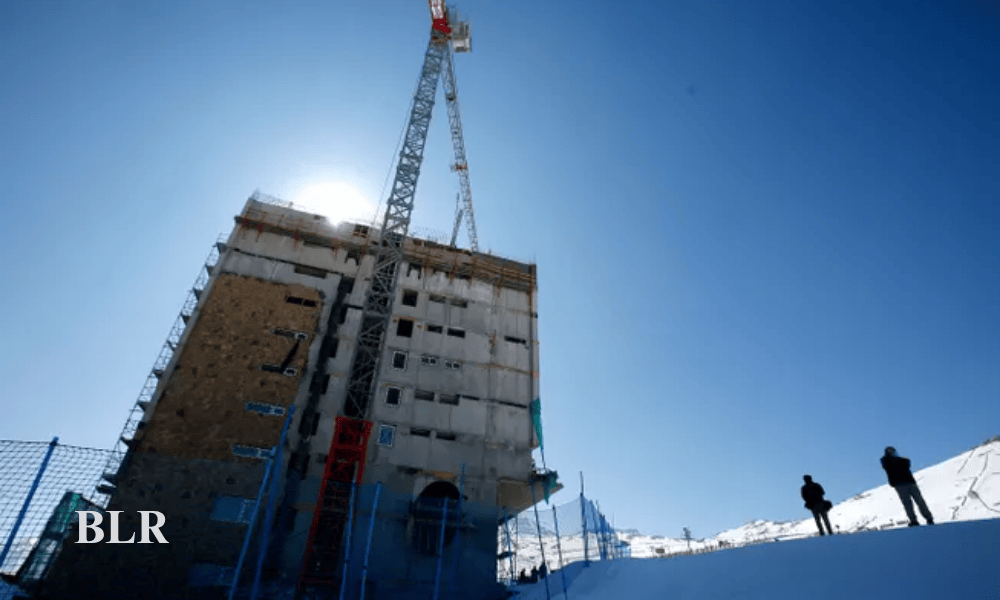Key Highlights
- Hotel rooms under construction in the U.S. dropped 12.3% year-over-year in September 2025.
- Rising material costs and economic uncertainty continue to delay new projects.
- Despite declines, construction levels remain above post-recession averages, signaling cautious resilience.
The U.S. hotel construction pipeline contracted for the ninth consecutive month, underscoring the persistent headwinds facing developers amid high building costs and tight lending conditions.
According to new data released by CoStar Group, total hotel rooms under construction fell 12.3% year-over-year to 137,956 rooms as of September 2025, which marks the lowest quarterly figure in a decade.
The report also showed a 3.5% decline in rooms under final planning and a 2.6% drop in early-stage planning activity, reflecting a cautious investment climate across the hospitality and construction industry.
“Uncertainty often leads to inaction, and both developers and lenders are still waiting for a more favorable environment,” said Isaac Collazo, Senior Director of Analytics at STR, a CoStar company. “Higher material costs and financing challenges are slowing groundbreakings, and we don’t expect an immediate turnaround.”
Midscale and Upscale Segments Dominate Pipeline
Despite the slowdown, mid-market hotel development remains relatively active. The upper midscale category leads the construction activity with 39,075 rooms, representing 3.3% of existing supply, followed by the upscale segment with 33,376 rooms (3.6%), and upper upscale with 15,292 rooms (2.1%).
Other market segments reported the following activity:
- Luxury: 5,911 rooms (3.8%)
- Midscale: 12,746 rooms (2.4%)
- Economy: 4,559 rooms (0.7%)
This distribution indicates that developers are shifting toward cost-efficient, mid-market hotels as a hedge against inflation and uncertain travel trends.
Industry Challenges and Cautious Optimism
The hospitality sector continues to face compounded challenges from labor shortages, inflated construction materials, and high interest rates.
Financing delays have affected several large-scale developments, with many investors deferring new projects until borrowing costs ease.
Still, analysts point to enduring strengths in the market. Leisure travel demand remains strong, and business travel continues to recover gradually. Compared to the post-recession period of 2009–2011, the volume of rooms currently under construction remains higher, suggesting the market’s structural resilience.
“Development is down but still happening,” Collazo said. “The fundamentals for long-term recovery are intact; it’s just a matter of timing and market stability.”
As the U.S. hotel construction industry navigates persistent cost pressures and interest rate uncertainty, developers are expected to prioritize renovation and adaptive reuse projects over new builds through early 2026.


